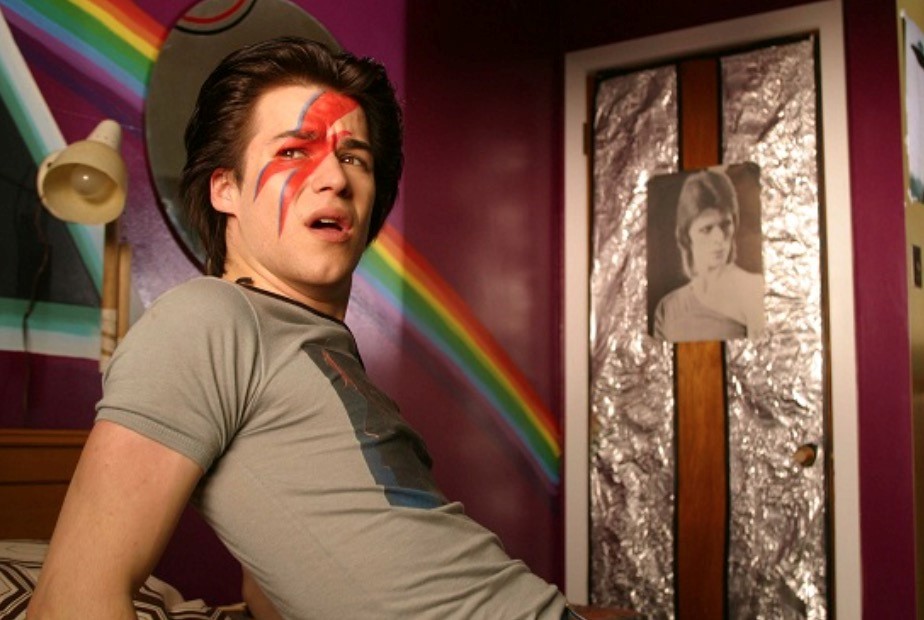
Ashley Eggert is a junior from Peoria, IL majoring in Religious Studies and on the Pre-Med track. The following blog post was written for REL 360: Popular Culture/Humanities.
C.R.A.Z.Y is a French-language film that portrays the coming of age of Zac, one of five sons to a very conservative Catholic family in Quebec. The film’s purpose was to expose and challenge the stigmas the Quebecois culture and the Catholic Church put on sexuality and people’s role in Quebec’s society. It did this in an extremely thought provoking manner by exposing the inner workings of the Catholic Quebecois culture throughout various decades.
The director quite obviously put an incredible amount of thought in the symbolism within this movie that helped viewers to understand the sheer importance and value that Catholicism had in Quebec. The symbols showed how the Catholic ideals were completely integrated into the lives of those in Quebec and how being a citizen there, along with being Catholic in the case of this family, were almost inseparable, as well as illustrating the consequences of the subsequent rejection of this phenomena.
To begin, there were multiple Christ figures that were blatantly obvious. The first figure presented was the main character Zac, born on Christmas Day in 1960. He is believed to have a “gift” of sorts in which he is supposed to be able to heal people. Both of these factors can be related to Christ. During his coming of age, Zac struggled with his sexuality in every facet of his life and this caused him to act out rebelliously. His acts of rebellion only further perpetuated his problems. Zac also provided himself with a series of tests when he got into the trouble he inadvertently created for himself, or when he had sexual thoughts and desires towards another man. These tests served as a makeshift atonement for his “sins”. The tests perpetuated his belief that he was gifted, as exemplified in how he overcame his asthma and sexual longings for years after his “transgressions”. His ability to do these things fed into the belief that he is a Christ-like figure. There are also many instances of rebirth for Zac in the film, like when he almost died upon his birth and his revival after getting hit by a car. The fact that Zac is a Christ figure in this film is paradoxical in a way because he is a self-proclaimed atheist yet still tries to deny himself of his homosexual desires and continues to pray when times are particularly bad for him.
Another major Christ figure in the film is Zac’s brother, Raymond. Raymond is a drug addict, serving as yet again a paradoxical allusion to Christ. However, his likeness to Christ stems from the unity and love among his family that his death created. Upon the death of Raymond, Zac and his estranged father are reunited and express the first signs of affection towards each other pretty much throughout the entire film. This reunification was particularly interesting because this, as well as the scene in the bathroom in which the parents scoffed at the legitimacy and power of a priest, shed light on the fact that the father’s disapproval of Zac’s sexuality didn’t stem from his religious views, but rather from a personal distaste for homosexuality. This was interesting to me because everything in the household revolved around Catholicism and devotion to Christ, yet in this one seemingly sacrilegious aspect of their son’s life he never mentions how this could contradict Biblical teachings. This may be a sentiment of the father’s lack of true faith and devotion to his faith and is telling of his love and loyalty to his wife, who is a complete devotee. The two Christ like figures perpetuated the Catholic nature of the Quebecois society, however the fact that Christ-like features are shown through a homosexual man and a drug addict display the complete and utter rejection of the integration of religion within the society. This portrayal in turn breaks down the religious value in the Quebecois culture by constructing paradoxes that go against the conventional beliefs commonly associated with Catholicism.